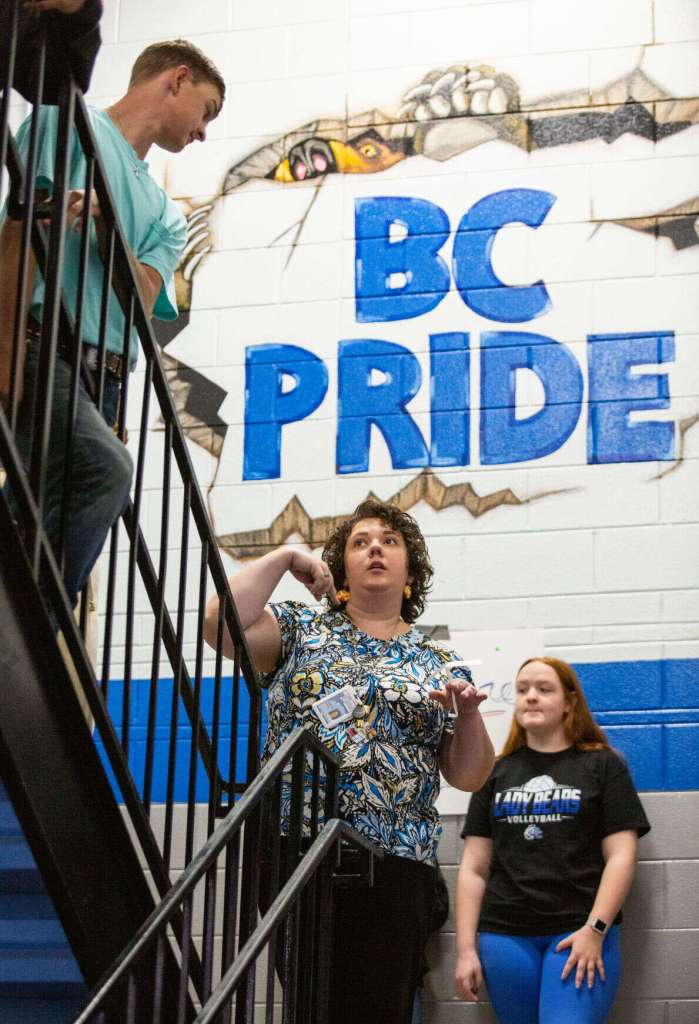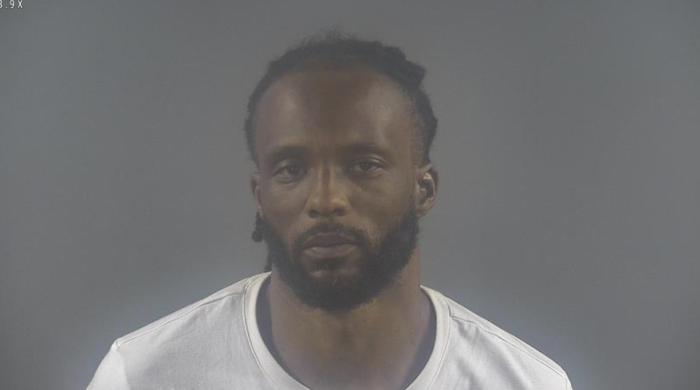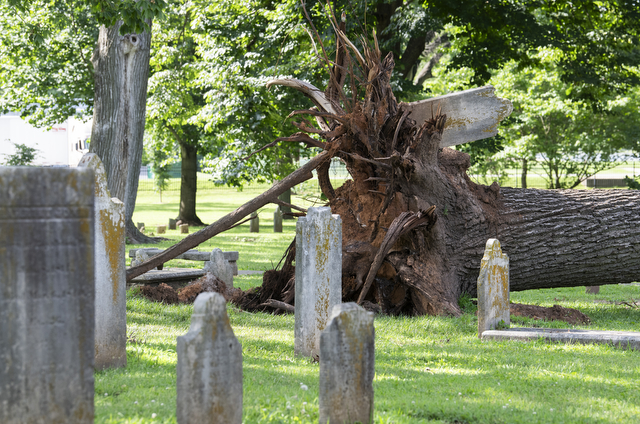Butler County teachers aim to excel in new fellowship
Published 3:30 pm Tuesday, September 3, 2024

- Butler County High School teacher Madison Staton instructs her students to drop the paper helicopters they built from the top of a stairway as they study engineering and physics during her class on Thursday, Aug. 22, 2024. Staton, as well as fellow Butler County teacher Jennifer Davis, are participating in a NSF Master Teacher Fellowship, a new $2.3 million initiative funded by the National Science Foundation aimed at combating teacher burnout and turnover among middle and high school science teachers in high-need urban and rural districts throughout Ohio and Kentucky under the lead of the University of Toledo’s Dr. Natasha Johnson. (Grace Ramey McDowell/grace.ramey@bgdailynews.com)
Jennifer Davis, the lone chemistry teacher at Butler County High School, will soon develop her skills in the classroom alongside other chemistry teachers across Kentucky and Ohio.
“I’ve taught here for 22 years,” she said. “I’m looking forward to (it) because it’s not an opportunity that you get a lot.”
She and her colleague Madison Staton – who typically teaches environmental science, forensics, anatomy and physiology – are part of a new $2.3 million, 20-instructor initiative to support science teachers while aiding against turnover and burnout.
The program intends to support professional development by enabling teachers to problem-solve and aid in classroom instruction alongside co-fellows as well as by recording themselves and analyzing their own teaching with the cohort. The five-year program, funded by Robert Noyce Scholarship Program’s National Science Foundation Master Teacher Fellowship, also provides each teacher a stipend of $13,000 annually.
Natasha Johnson – a mother of four, an assistant science professor at the University of Toledo, Ohio, and a former longtime science teacher – launched the program in April with a desire to support other teachers. She reflected on the times her children would arrive from school excited because they had good teachers – and when they would cry because their favorite teachers were leaving.
“I wanted to do pretty much everything and anything that I could do to support teachers in the classroom,” she said. “If I were still in the classroom as a high school science teacher, what would I want or need? That’s kind of how I approach this project.”
Staton noted that the program’s video-based analyses will enable her and Davis to learn alongside their students.
“I think it’s beneficial for (students) to see that we value continuous learning,” Staton said. “You’re serving as kind of this model learner, while they’re kind of in this traditional student role.”
Staton and Davis – members of Kentucky Science Teachers Association – said they are also looking forward to the collaboration and providing leadership for other teachers.
Whereas exemplary teachers often get promoted to administrator roles, roles where a teacher leader shares knowledge and expertise with other teachers in their building is less common, Johnson said.
“Teacher leadership from the teacher’s position looks quite different than that of an administrator role,” Staton said. “I know I don’t have a personal pursuit toward being an administrator, like a principal, but perhaps something more in curriculum and instruction – more of an advisory role that’s more focused on pedagogy and curriculum.”
In particular, the program intends to support instructors with implementing the Next Generation Science Standards, a 2013 revision of science and engineering content and practices for K-12 students. Those standards – created by teams across 26 states alongside many others and built upon the Framework for K-12 Science Education by the National Academies’ National Research Council – focus on developing students’ critical thinking and ability to inquire and investigate scientific problems.
“It’s really pushing science teachers to teach in a very different way,” Johnson said. “And when I was in the classroom, I never felt like I got the support that I needed to teach in that way.”
Just beginning to kick off in earnest, the cohort has had one introductory Zoom meeting so far. Teachers were tasked with investigating STEM Teaching Tools – strategies with quantifiable benefits on students’ understanding of science, technology, engineering and math. Co-fellows will revisit those tools together in the first formal meeting, which is in September.
Meetings will occur once a month and focus on teacher needs that span everything from dealing with classroom relationships to cultural competence to anything else teachers need help with, Johnson said.
“A lot of what we’re planning for the teachers is being catered to what they say that they need,” Johnson said. “If they want to become better at doing a particular activity or particular content … let’s give them the support.”
Reflecting on her pursuit of professional development, Davis noted that when she walks into school, some 30 students will be asking her questions.
She loves it.
“I may be at year 22, and technically, I can retire at year 27 … I don’t figure I will,” she said. “I want to keep improving all the way until the last time I step into a classroom … and hopefully inspire some others to do that.”






